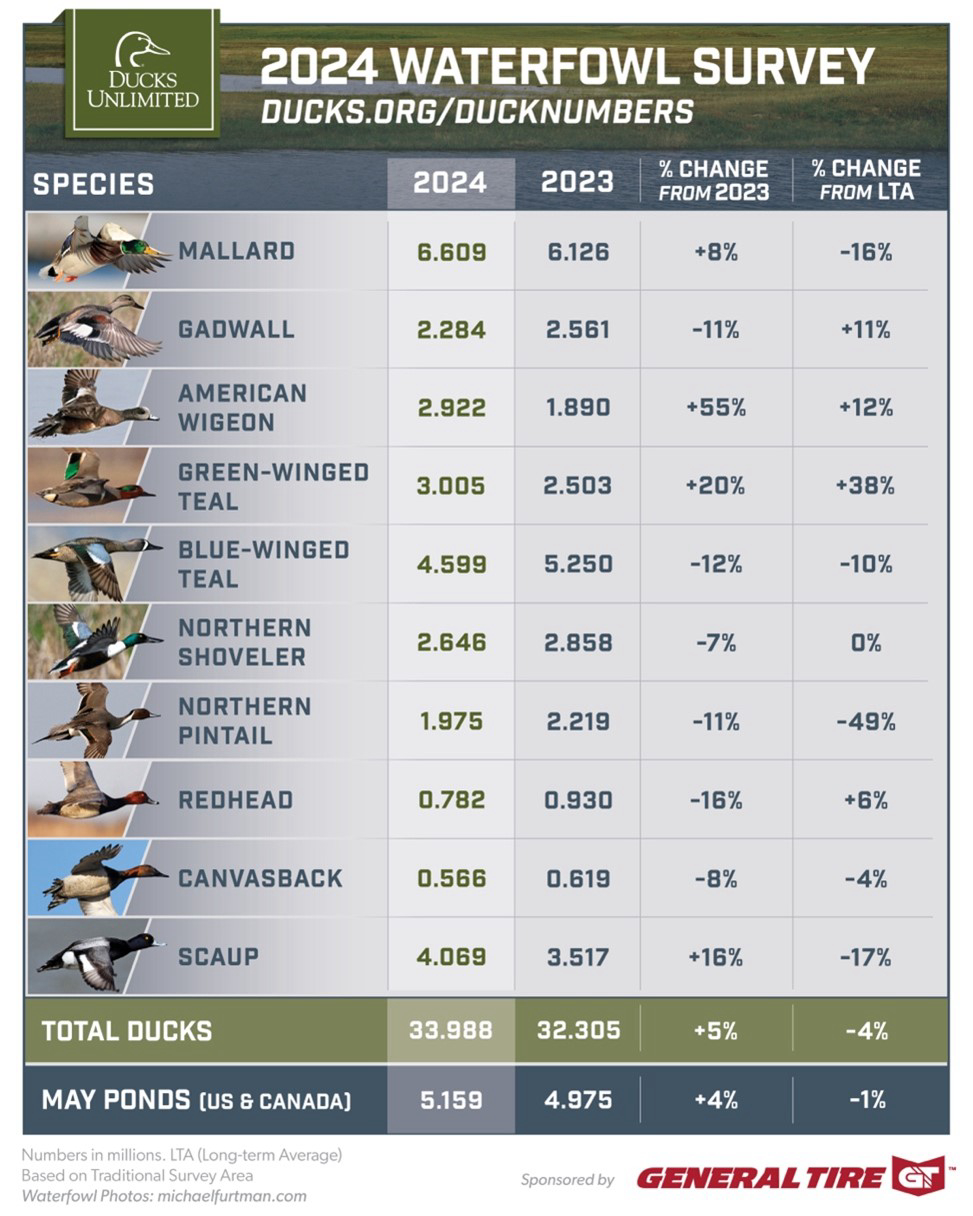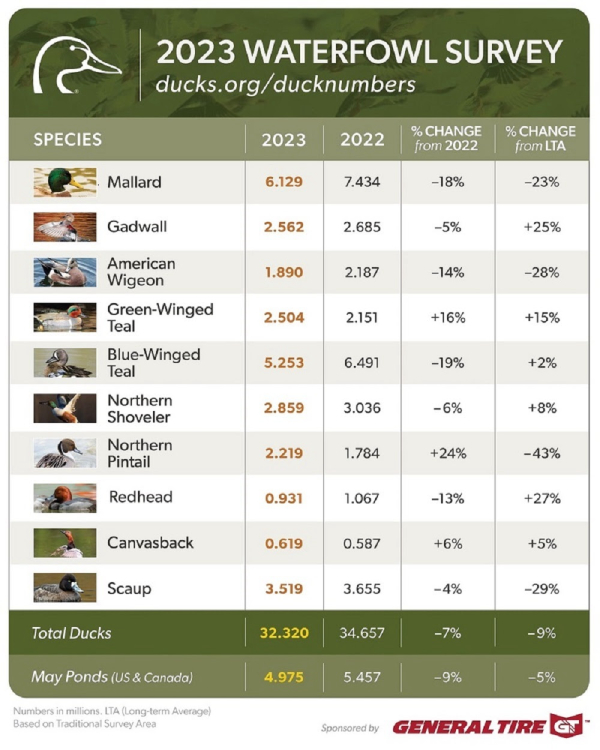New State of the Birds Report Reveals Widespread Losses of Birds in All Habitats–Except for One
The Need for the Recovering America’s Wildlife Act
Washington D.C. )- Wednesday, the North American Bird Conservation Initiative (NABCI) published the State of the Birds 2022 Report, highlighting two important trends and revealing an important message. The report reveals that birds are declining overall in every habitat except in wetlands, where decades of investment have resulted in dramatic gains. Comebacks of waterfowl show the power of dedicated conservation funding and policy investments. Passage of proactive conservation legislation, such as the Recovering America’s Wildlife Act, is essential to reverse this trend and bring birds back.
“Over 3 billion birds have been lost since 1970- more than a quarter of our birds in the U.S. and Canada. These dramatic bird losses demonstrate the urgent need for increased funding for their conservation,” said Curt Melcher, Director of the Oregon Department of Fish and Wildlife and President of the Association of Fish and Wildlife Agencies. “The Recovering America’s Wildlife Act is a solution to this critical problem.”
Findings included in the report:
- More than half of U.S. bird species are declining.
- U.S. grassland birds are among the fastest declining with a 34% loss since 1970.
- Waterbirds and ducks in the U.S. have increased by 18% and 34% respectively during the same period.
- 70 newly identified Tipping Point species have each lost 50% or more of their populations in the past 50 years, and are on a track to lose another half in the next 50 years if nothing changes. They include beloved gems such as Rufous Hummingbirds, songsters such as Golden-winged Warblers, and oceanic travelers such as Black-footed Albatrosses.
Of note, at least 62 of those 70 tipping point species have been identified as Species of Greatest Conservation Need (SGCN) in state wildlife action plans and would be prioritized for conservation with Recovering America’s Wildlife Act funding.
“By working together, we can overcome the challenges many of our birds face. Through collaboration, state and federal agencies, tribes, and nonprofit organizations turned the tide for many waterfowl and iconic species like Bald Eagles,” said Ron Regan, Executive Director of the Association of Fish and Wildlife Agencies. “Given sufficient resources, like the Recovering America’s Wildlife Act, we can do the same for other species before it’s too late.”
Click here for the NABCI News Release.
###
The Association of Fish & Wildlife Agencies represents North America’s fish and wildlife agencies to advance sound, science-based management and conservation of fish and wildlife and their habitats in the public interest. The Association represents its state agency members on Capitol Hill and before the Administration to advance favorable fish and wildlife conservation policy and funding and works to ensure that all entities work collaboratively on the most important issues. The Association also provides member agencies with coordination services on cross-cutting as well as species-based programs that range from birds, fish habitat and energy development to climate change, wildlife action plans, conservation education, leadership training and international relations. Working together, the Association’s member agencies are ensuring that North American fish and wildlife management has a clear and collective voice.






